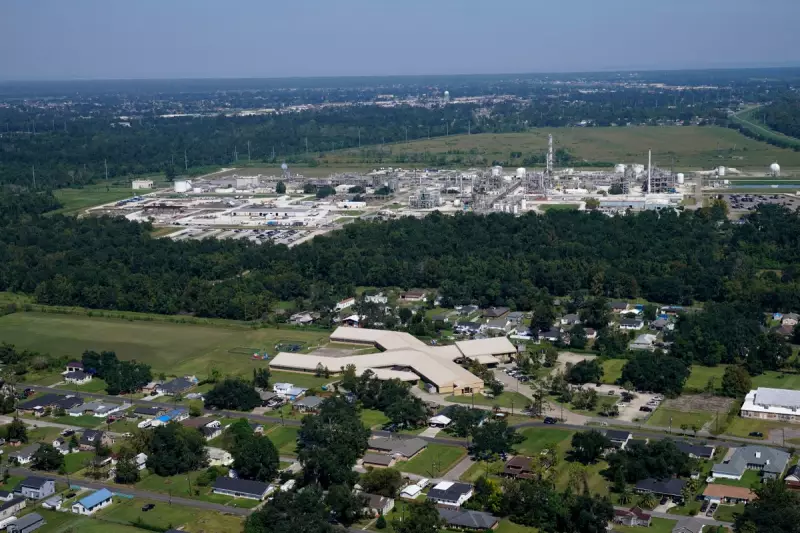
A groundbreaking new study has issued a stark warning: thousands of hazardous sites across the United States are at serious risk of coastal flooding due to sea level rise, posing a significant threat to the health of nearby communities.
Locked-In Threats and Future Projections
Researchers identified a staggering 5,500 sites that store, emit, or handle materials like sewage, trash, oil, and gas which could face inundation by the year 2100. A considerable portion of this risk is already locked in due to past emissions. Alarmingly, more than half of these locations are projected to confront this flood risk much sooner, potentially as early as 2050.
The study, funded by the Environmental Protection Agency and published in the journal Nature Communications, highlights that the consequences will not be felt equally. Low-income communities, communities of colour, and other marginalised groups are disproportionately at risk from these potential contamination events.
There is a glimmer of hope, however. The research also determined that with even moderate reductions in planet-warming emissions, approximately 300 fewer hazardous sites would be at risk by the end of the century.
Methodology and Potential Impacts
To reach these conclusions, the research team, led by co-author Lara J. Cushing from the University of California, Los Angeles, first identified and classified tens of thousands of hazardous sites near the coasts of Puerto Rico and the 23 states with coastlines. They then calculated each site's future flood risk using historical data and projected sea level rise under different emissions scenarios.
The types of facilities at risk are diverse and critical to the nation's infrastructure:
- 44% are fossil fuel ports and terminals.
- 30% are power plants.
- 24% are refineries.
- 22% are coastal sewage treatment facilities.
Geographically, the threat is concentrated, with nearly 80% of the at-risk sites located in Louisiana, Florida, New Jersey, Texas, California, New York, and Massachusetts.
Serious Health Consequences and Expert Reactions
Experts warn that flooding these sites could have severe public health repercussions. Exposure to floodwaters near sewage plants or industrial farms could lead to infections from bacteria like E. coli, causing severe gastrointestinal illness. Meanwhile, flooding at refineries could release heavy metals and chemicals, leading to symptoms ranging from rashes and burning sensations to headaches and fatigue.
Professor Sacoby Wilson from the University of Maryland, who was not involved in the study, noted that for vulnerable individuals, these exposures could exacerbate underlying health conditions. In the longer term, they could contribute to cancer, organ damage, or reproductive issues.
Independent experts have praised the research. Thomas Chandler of Columbia University's National Center for Disaster Preparedness called it “a really important study” that demands attention from the public and policymakers. He emphasised the need for heavy investment in hazard mitigation and integrating climate risk into planning strategies.
As Dr. Cushing stated, “We do have time to respond and try to mitigate the risks and also increase resilience.” The window for action, however, is closing.





